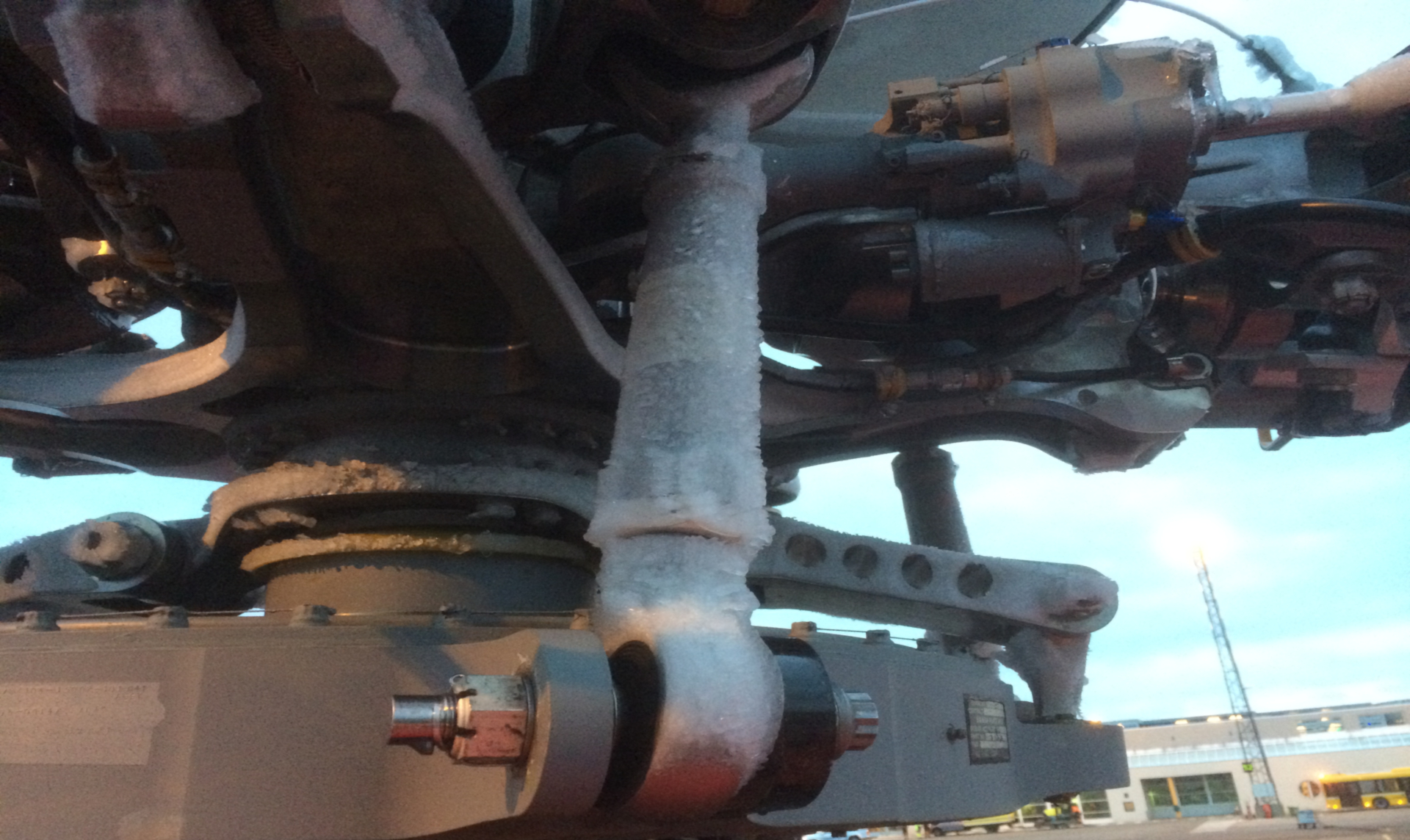I denne artikkelen i Safety skal vi ta for oss ansvar og kriterier for Base og Line vedlikehold.
Ved utførelse av vedlikehold må man ta stilling til om vedlikeholdet skal defineres som Base eller Line vedlikehold.
I grove trekk vil vedlikehold definert som Line-vedlikehold inneholde enkle oppgaver der tekniker som utsteder CRS (B1/B2) bære det fulle og hele ansvaret for utført arbeid selv.
Base-vedlikehold fungerer etter et annet prinsipp, der man bruker et annet oppsett for verifisering av utført arbeid. Ved base-vedlikehold kobler man inn support staff (B1/B2 tekniker), som skal verifisere at arbeidet som utføres er korrekt i henhold til gjeldene standarder, regelverk og underlag.
Ved fullføring av base-vedlikehold skal arbeidet avsluttes med utstedelse av CRS (kategori C), basert på underlagsdokumentasjon og nødvendig verifisering fra utarbeidet resultatdokumentasjon.
I praksis betyr dette at ansvarsforholdet en tekniker har i forbindelse med Line vedlikehold er ulikt med base-vedlikehold!
Man må derfor være oppmerksom på sitt ansvar og privilegier i forhold til hvilke type vedlikehold man utfører.
EASA har publisert en Part-145 CRS policy, som redegjør for ansvarsforholdene utover det som står direkte i regelverket. NHF anbefaler alle våre medlemmer å lese denne policyen og sette seg inn i hva EASA skriver. Legg spesielt merke til at verifikasjon skal dokumenteres, og NHF ønsker å fremheve følgende fra denne poliyen:
- What does it mean “when it has been verified that all maintenance ordered has been properly carried out”
This doesn’t necessarily mean that certifying staff have to perform or supervise the whole process of every task, but the necessity of assessing the complexity of each task, making sure that they have been assigned to personnel authorised to sign-off to the corresponding level,
coordinating the different tasks, supporting that personnel in case of any mistakes or unexpected difficulties and verifying that the job has been completed and signed-off properly.
As a consequence, this is not just an administrative task which can be performed from a remote location or without having been involved at all. Certifying staff have the last call on the amount of involvement they would like to perform in order to be satisfied that the maintenance can be properly released, and this level of involvement cannot be predefined or limited by the organisation’s procedures.
- In the case of base maintenance, what are the functions and responsibilities of “support staff”
The qualification criteria for certifying staff and support staff areidentical as both:
- must have a Part-66 licence with the corresponding type ratings;
- must have the same recent experience and continuation training;
- must have training in human factors and company procedures;
and
- are subject to the same competence assessment;
The only difference is that in the base maintenance environment
there is an additional function, the category C certifying staff. However, this function is more administrative due to the more complex environment.
Regarding the level of involvement of the support staff,
145.A.30(h) states that
“B1 and B2 support staff shall ensure that all relevant tasks or inspections have been carried out to the required standard before the category C certifying staff issues the certificate of release to service”.
This requirement is of a similar nature to the one contained in 1
45.A.50(a), where certifying staff are required to ensure that “ it has been verified that all maintenance ordered has been properly carried out”. As a consequence, the level of involvement expected from the support staff follows the same principles as indicated in Section 6 above for certifying staff.


